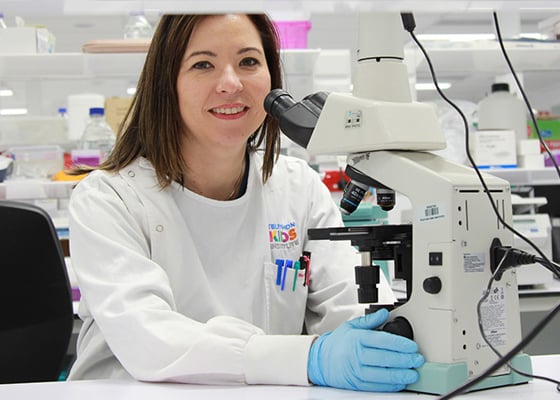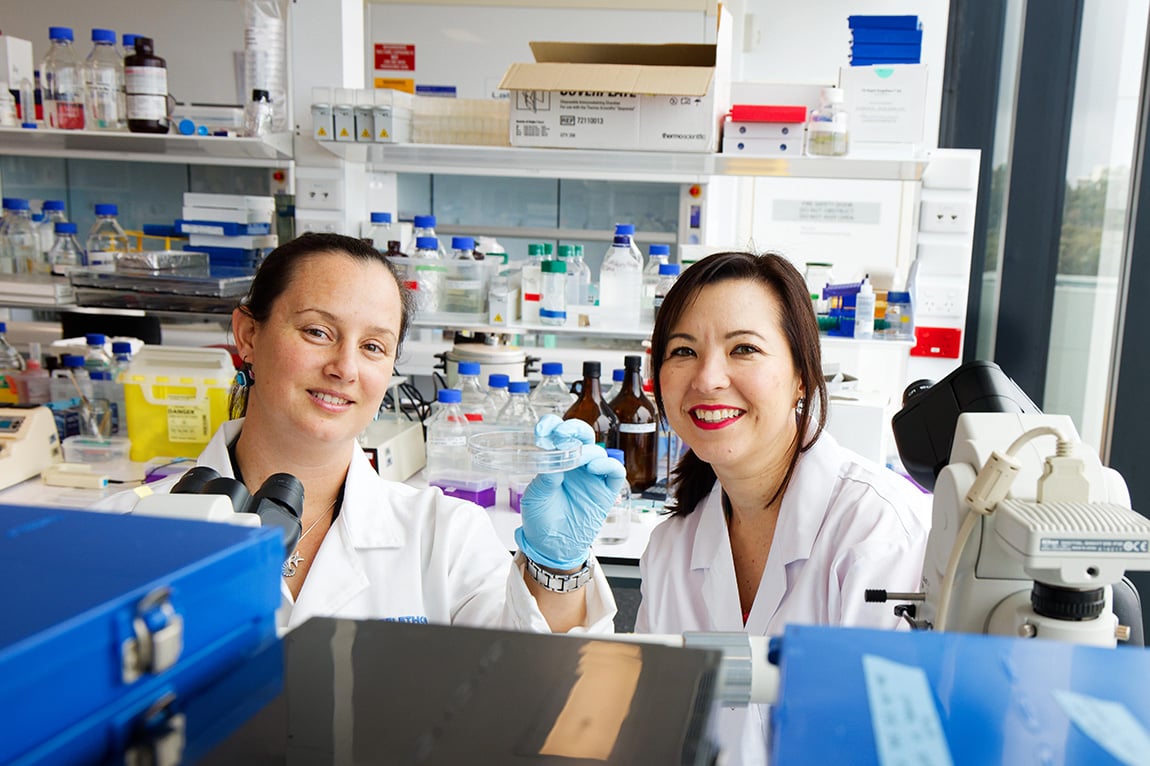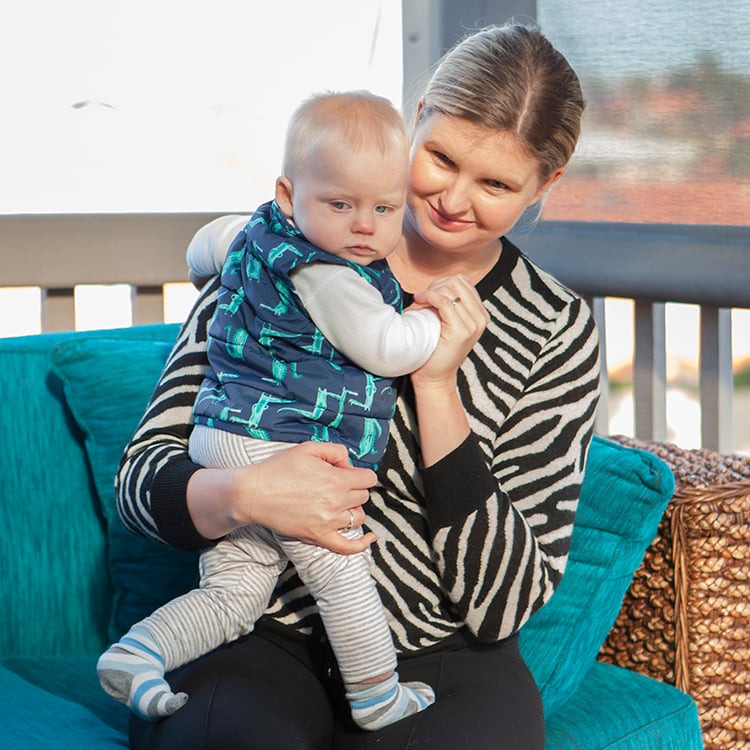Search
Research
Predictors of scoliosis in Rett syndromeScoliosis is a common clinical manifestation of Rett syndrome, a neurodevelopmental disorder that almost exclusively affects girls.

We identify, develop and commercialise the technologies and innovations developed by our scientists and clinicians.

Research Theme
Chronic DiseasesDedicated to preventing and managing chronic conditions in children, such as respiratory disease, diabetes, and cancer. This theme focuses on research to reduce the long-term impact of these conditions on quality of life and healthcare systems.
Research
A Database of the Complications of Obesity in ChildrenThe Obesity Database records the characteristics and medical complications of children with obesity who present to treatment at Princess Margaret Hospital
Research
Oral Insulin TrialTo see if giving insulin by mouth (in a capsule) will delay or prevent T1DM in people at increased risk of developing diabetes.
Research
Feasibility of 24-hour hybrid closed loop insulin delivery in free living conditionsThe aim of this study is to see if the Medtronic hybrid closed loop system, a portable artificial pancreas is feasibly to use in the home.
Research
Predictive low glucose suspend study – Randomised Controlled trialTesting a feature of the MiniMed 640G insulin pump, which when used together with a real-time continuous glucose sensor can suspend and resume insulin delivery
Research
How do high protein and/or high fat meals affect postprandial glycaemic control in children using intensive insulin therapy?Investigating the effect of fat and protein content of a standardised carbohydrate meal on the post-prandial glycaemic response in children with type 1 diabetes

The Respiratory Environmental Health team conducts research in early life determinants of lung growth and development, respiratory environmental health, and mechanisms of airway dysfunction in asthma and other respiratory disease.

Epigenomic research at The Kids explores the links between childhood disease and the molecular hallmarks of epigenetic control.
